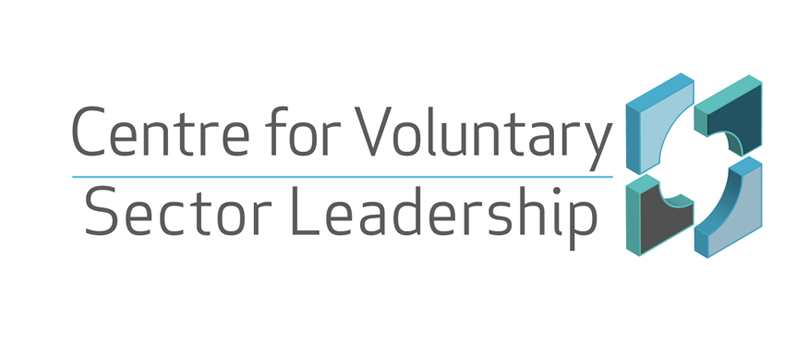Introduction and guidance
1 The course: an overview
This course, and another written by the same authors, Introducing leadership in voluntary organisations [Tip: hold Ctrl and click a link to open it in a new tab. (Hide tip)] , are designed to develop your understanding of leadership, and to help you develop your leadership practice in the voluntary sector context. Both are aimed at anyone working in or around voluntary organisations – whether as volunteers or employees, whether in a management position or not. Introducing leadership in voluntary organisations offers a general introduction to leadership, and you are strongly recommended to undertake that course before embarking on this one: it provides background and terminology that provide important foundations for this course.
The course takes a deeper look at leadership, focusing on its collaborative dimensions. Specifically, this course will address the following areas.
In Week 1, we will introduce our definition of collaborative leadership and discuss why the environment voluntary organisations work within is especially conducive to such ways of working.
In Week 2, you will learn in more depth about the interconnected subjects of identity and participative practice in leadership. You will learn what we mean by both terms and engage with some examples of how applying this twin focus might be useful.
Week 3 focuses on you as someone in leadership. We explore the identity of the practitioner and suggest ways in which you can reflect in order to improve your capability as a collaborative leader.
Week 4 asks you to focus on exploring the unknown in collaborative leadership. We introduce some ways in which you can analyse and work with organisational language and introduce the notion of stretch questions as a valuable way of exploring the unknown.
Week 5 focuses on constructive challenge in collaborative leadership, making the case for more robust ways in which we can push one another to more creative solutions.
Week 6 focuses on the particular challenges and characteristics of collaboration across organisational boundaries, and the implications for leadership. It explores the tensions which arise for leadership in inter-organisational contexts.
Week 7 explores an issue which underlies much of collaborative working, but which often remains hidden – power. We will explore the issues which arise when working in contexts of power asymmetry, and the potential for exerting influence in these contexts
Week 8 wraps up the course. It looks back on some of the main themes, with a focus on collaboration over the longer term.
The course is designed as a mix of reading, viewing and participation. We will be presenting some ideas but rely on your active participation to make the course a success. You will learn from one another, and we from you.
